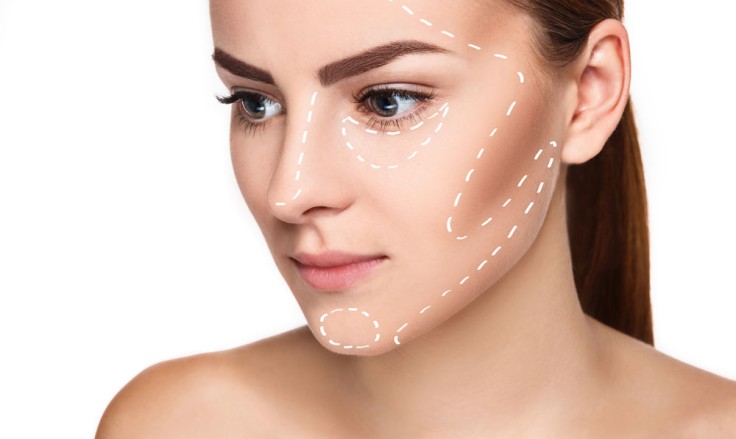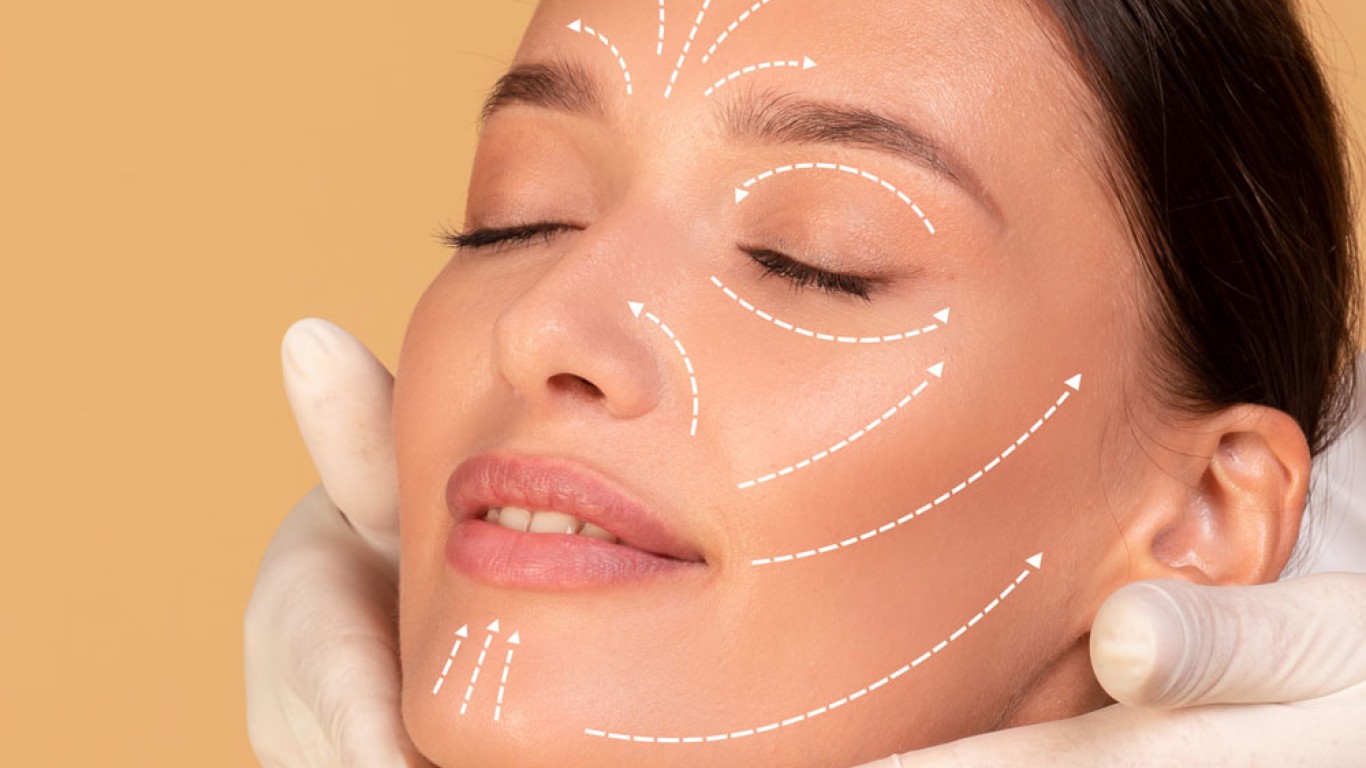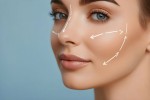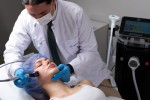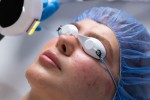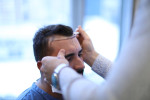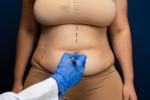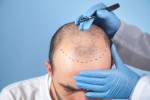Introduction
Rhytidectomy, known as a facelift, remains one of the most effective procedures for facial rejuvenation. It removes sagging skin, smooths deep lines, and enhances facial contours. Many patients choose Turkey for their rhytidectomy due to its advanced clinics and experienced surgeons. However, knowing what to expect after surgery is just as important as choosing where to have it. This guide explores what happens after rhytidectomy in Turkey, so you feel informed and prepared every step of the way.
The First 24 Hours After Rhytidectomy
Immediately after your rhytidectomy, you’ll wake in a recovery area under close observation. You may feel groggy, with bandages around your face and slight tightness. Additionally, surgical drains may be placed to reduce fluid build-up. Nurses monitor your vital signs and ensure you’re stable before discharge. Pain is usually minimal but controlled with medication. Although movement is limited, you’ll be encouraged to walk gently to boost circulation. This first day is about rest, hydration, and starting the healing process.
Initial Healing in the First Week
The first week involves the most noticeable swelling and bruising. Your face may look puffy and feel tender. However, this is expected and temporary. Additionally, you may experience tightness or slight numbness around your face and neck. These sensations will fade with time. It’s essential to follow all post-op instructions, including wearing any prescribed compression garments. You’ll also need to attend follow-up appointments to remove stitches or drains. Keeping your head elevated during sleep helps reduce swelling and improves comfort.
Pain Management and Medication After Rhytidectomy
Discomfort after rhytidectomy is typically mild and managed with prescription painkillers. Your surgeon may also prescribe antibiotics to prevent infection. Additionally, cold compresses can help reduce swelling and provide relief. It's crucial to avoid anti-inflammatory medications like ibuprofen unless advised, as they may increase bleeding. Furthermore, avoid smoking or alcohol during this phase to support healing. By following your medication schedule closely, you can manage discomfort and avoid complications effectively.
Wound Care and Dressing Changes
Proper wound care is essential to a smooth recovery. Your surgeon will provide detailed guidance on how to clean the incisions. Most dressings are changed within a few days of surgery. Additionally, you'll be shown how to keep the surgical area dry and hygienic. Avoid exposing incisions to water, especially in the first week. Aftercare routines may include gentle cleansing, ointments, and avoiding sun exposure. Consistent care prevents infection and promotes better scar healing in the long term.
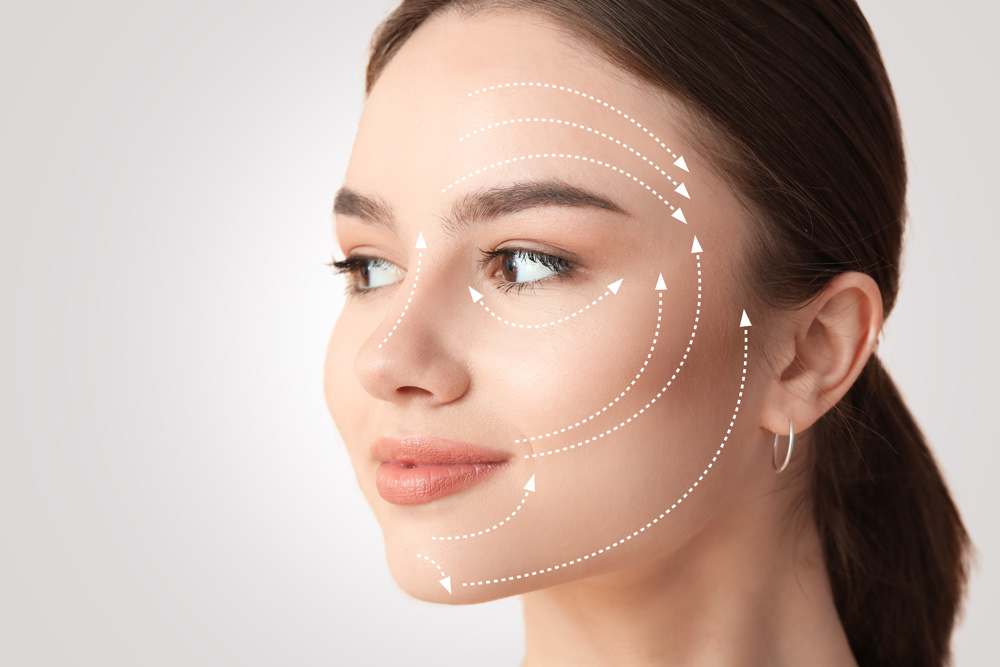
What to Eat and Drink Post-Surgery
Nutrition plays a key role in recovery. In the first few days, stick to soft foods that don’t require chewing. Hydration is equally important, so drink plenty of water. Additionally, avoid salty foods, which can worsen swelling. Incorporate protein-rich meals, fruits, and vegetables to support healing. Avoid caffeine and alcohol, especially during the early stages. A well-balanced diet enhances your body’s ability to repair tissues and reduces the risk of complications.
Activity and Movement Guidelines After Rhytidectomy
Rest is crucial, but light movement aids circulation and reduces blood clot risk. In the first week, take short, gentle walks. Avoid bending, lifting, or straining, as these can increase swelling or disrupt healing. Additionally, strenuous exercise should be avoided for at least three to four weeks. Follow your surgeon’s timeline for resuming normal activities. Gradual increases in physical movement help you recover steadily without setbacks. Always listen to your body and don’t rush the process.
Visible Recovery: When You’ll Look ‘Normal’ Again
One of the most common questions is: when will I look normal again? While swelling and bruising begin to fade after the first week, it usually takes three to four weeks for major improvements. Additionally, some residual swelling may persist for up to two months. By the six-week mark, you’ll likely feel comfortable returning to social activities. Makeup can be used after your surgeon’s approval to conceal mild discolouration. The final results become visible gradually, offering a smoother, more youthful appearance.
Long-Term Healing and Scar Maturation
Even after visible swelling disappears, internal healing continues for several months. Your incisions will mature and fade over time, especially with proper care. Additionally, your skin texture and sensation may take longer to normalise. Using sunscreen on healing skin helps prevent pigmentation changes. Furthermore, some patients use scar-reducing creams or silicone sheets. Regular follow-ups ensure that your healing is on track and that any concerns are addressed. Patience is essential as the full benefits of rhytidectomy emerge slowly and steadily.
Emotional Changes and Confidence Boosts
The emotional journey after rhytidectomy is just as important as the physical one. Initially, you may feel overwhelmed by swelling or temporary changes in appearance. However, these feelings are normal and pass quickly. As the swelling subsides, your new look starts to take shape. Additionally, many patients report a boost in self-esteem and social confidence. Seeing a refreshed version of yourself in the mirror can be incredibly rewarding. Support from friends, family, and your surgeon helps you through every phase.
Maintaining Rhytidectomy Results Long-Term
Rhytidectomy results are long-lasting, especially when supported by a healthy lifestyle. While ageing continues, you’ll always look younger than you would without surgery. To maintain your refreshed appearance, avoid sun exposure and use quality skincare products. Additionally, stay hydrated and avoid smoking, which accelerates skin ageing. Some patients choose complementary treatments like laser therapy or fillers to prolong results. Following your surgeon’s guidance ensures that your investment in your appearance stays vibrant for years to come.
Conclusion
Knowing what to expect after rhytidectomy in Turkey helps you prepare for a smoother recovery. From the first 24 hours to long-term healing, each phase requires care and patience. Additionally, working with an experienced surgeon ensures better results and fewer complications. Whether you’re managing swelling, returning to daily life, or enjoying your rejuvenated appearance, your journey is worth the effort. Rhytidectomy offers more than a refreshed look—it offers renewed confidence and vitality.
For more information and to book a consultation visit the ACIBADEM Beauty Center rhytidectomy page.
Frequently Asked Questions
Most swelling improves within two to three weeks, but minor swelling may last a few months.
Most surgeons recommend waiting at least seven days before flying. Always confirm with your medical team.
Scars are carefully placed along natural folds. With proper care, they fade and become less noticeable.
Usually after two weeks. Your surgeon will advise based on how your skin is healing.
While ageing continues, the results are long-lasting. You’ll look younger than if you had not had surgery.
